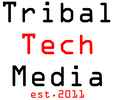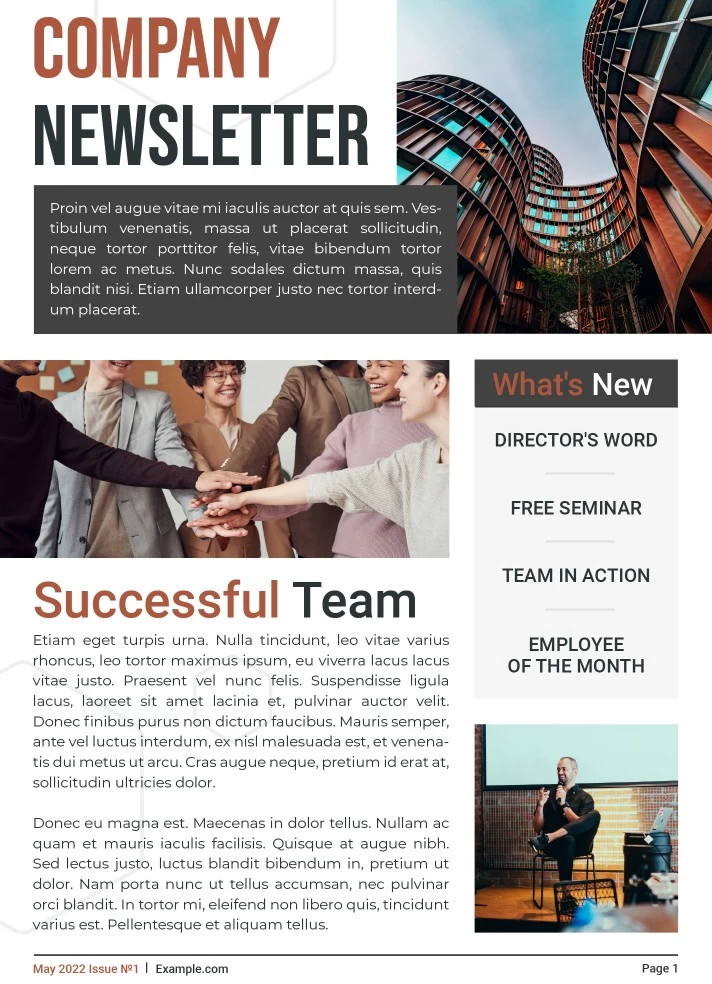In the digital age, visual content has become a cornerstone of corporate communication, branding, and marketing strategies. Organizations that employ in-house photographers have a unique advantage in creating high-quality, timely, and brand-specific imagery. This document outlines the fundamental aspects of photography for these organizations, aiming to enhance the effectiveness and efficiency of their visual content production.
1. Understanding Photography
1.1 The Basics of Photography
Photography is the art of capturing light with a camera to create an image. At its core, photography relies on three main elements:
- Aperture: The opening in the lens through which light enters. Adjusting the aperture controls the depth of field and the amount of light reaching the sensor.
- Shutter Speed: The duration that the camera’s sensor is exposed to light. It affects the sharpness and clarity of images, particularly in motion.
- ISO: The sensitivity of the camera’s sensor to light. Higher ISO values are used in darker conditions but can result in grainier images.
1.2 Types of Photography
- Corporate Portraiture: Capturing the professional profiles of the company personnel.
- Event Photography: Documenting official events, meetings, and gatherings.
- Product Photography: Creating stand-alone images of products for marketing.
- Architectural and Real Estate Photography: Showcasing property and business premises.
2. Equipment and Tools
2.1 Essential Gear
- Camera: DSLR or mirrorless cameras are preferred for their versatility and quality.
- Lenses: A mix of lenses, including wide-angle, standard, macro, and telephoto, to cover various types of shoots.
- Lighting: External flashes, reflectors, and continuous light sources.
- Tripod: For stability and precision in shots.
2.2 Software
- Photo Editing: Adobe Photoshop and Lightroom for image editing and management.
- Storage Solutions: Cloud storage services and local NAS systems for data safety and accessibility.
3. Shooting Techniques
3.1 Lighting Techniques
- Natural Light: Utilizing available light to create natural-looking images.
- Artificial Lighting: Using controlled lighting setups to enhance detail and reduce shadows.
3.2 Composition and Framing
- Rule of Thirds: Dividing the frame into nine squares and placing the subject along these lines to create interest.
- Leading Lines: Using natural lines to lead the eye towards the main subject.
- Framing: Using elements within the scene to frame the subject and focus attention.
4. Workflow and Management
4.1 Pre-Shoot Planning
- Conceptualization: Aligning the photography goals with the organizational branding strategy.
- Scheduling: Timing the shoots to match event schedules and natural lighting conditions.
4.2 Post-Shoot Processing
- Editing: Adjusting exposure, color balance, and cropping images.
- Archiving: Organizing images in a searchable format and backing them up regularly.
4.3 Legal Considerations
- Copyrights and Permissions: Understanding copyright laws and securing permissions for image use.
- Model Releases: Ensuring all photographed subjects have signed release forms if required.
5. Best Practices
5.1 Continuous Learning
- Workshops and Courses: Regular training to keep up with new photography techniques and technologies.
- Professional Networking: Engaging with other professionals to exchange ideas and experiences.
5.2 Quality Control
- Regular Reviews: Conducting periodic reviews of the photography assets to ensure consistency and quality.
- Feedback Integration: Incorporating feedback from different departments to refine photographic content.
Conclusion
Employing an in-house photographer allows organizations to consistently produce high-quality images that are tailored to their specific needs. By mastering the basics of photography, understanding the required equipment, and implementing a streamlined workflow, organizations can enhance their visual narrative and strengthen their brand identity. This guide serves as a starting point for organizations aiming to make the most out of their photographic resources.

